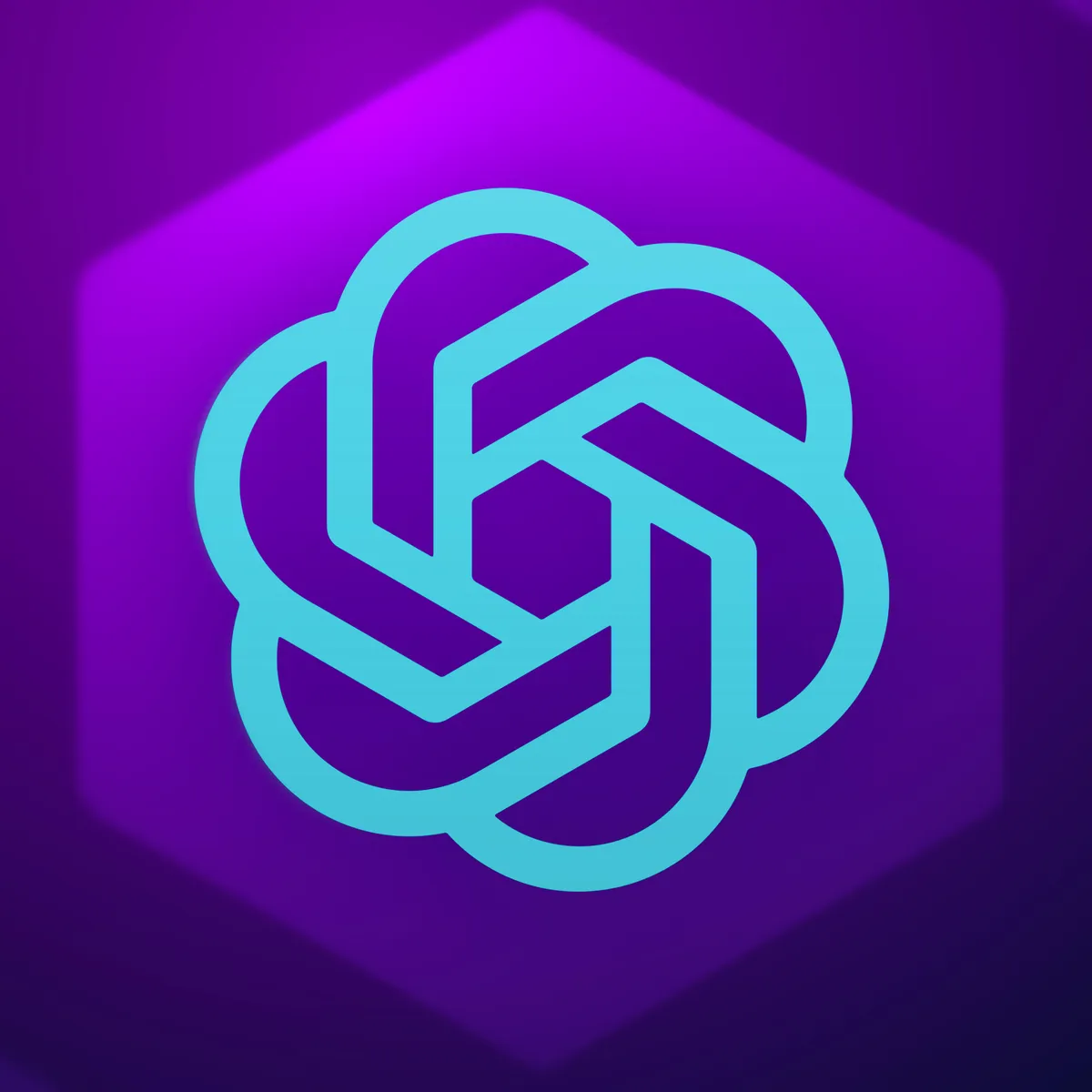
OpenAI has introduced its latest AI model, GPT-4o, which promises to deliver improved capabilities and enhanced functionalities for various applications. This release follows a series of advancements in AI technology, aiming to provide users with more dynamic and efficient tools. Here’s a detailed look at what GPT-4o offers and how you can make the most of it.
Key Features of GPT-4o
- Multimodal Capabilities GPT-4o is designed to handle multiple data types simultaneously, integrating text and images into a single model. This multimodal approach enhances the model’s accuracy and responsiveness in processing diverse inputs. Users can now interact with the model using both text and visual data, which broadens its applicability across different fields.
- Image Processing and Interpretation One of the standout features of GPT-4o is its ability to interpret images. It can analyze and provide answers related to images, which is particularly useful in fields like digital content creation and automated customer service. The model supports various image formats, including PNG, JPEG, WEBP, and non-animated GIFs, with a size limit of 20MB per image.
- Enhanced Natural Language Processing GPT-4o brings improvements in natural language processing (NLP), making it more adept at understanding and generating human-like text. This makes it suitable for a wide range of applications, from writing assistance and customer support to educational tools and more.
- API and Integration Developers can leverage GPT-4o through OpenAI’s API, which provides a flexible platform for integrating the model into various applications. The API supports fine-tuning, allowing for customization to meet specific needs and use cases. This is particularly beneficial for businesses looking to deploy AI-driven solutions tailored to their operational requirements.
How to Use GPT-4o
- Access and Subscription GPT-4o is accessible to users through the OpenAI platform. For personal use, subscribing to ChatGPT Plus grants access to the model, with plans starting at $20 per month. Business users can integrate GPT-4o into their workflows via the API, which offers scalable pricing based on usage.
- Integrating with Applications To integrate GPT-4o with your application, you can use OpenAI’s API. This involves setting up an API key, configuring the model parameters, and making API calls to generate text or analyze images. Detailed documentation and support are available on the OpenAI website to guide you through the integration process.
- Use Cases
- Customer Support: Automate responses to customer inquiries by integrating GPT-4o into your support system, enabling it to handle both text and image-based queries.
- Content Creation: Use GPT-4o to generate high-quality written content or assist in editing and refining text.
- Education: Develop interactive educational tools that leverage GPT-4o’s NLP capabilities to provide personalized learning experiences.
Limitations and Considerations
Despite its advanced features, GPT-4o has certain limitations. It may struggle with interpreting complex medical images, images containing non-English text, and stylized graphics. Additionally, the model is not designed for tasks such as solving CAPTCHAs. OpenAI recommends using the model within its specified constraints to ensure optimal performance.
OpenAI’s GPT-4o represents a significant step forward in AI technology, offering powerful multimodal capabilities and enhanced NLP features. By integrating this model into various applications, users can achieve greater efficiency and accuracy in their operations. Whether you are a developer looking to innovate or a business seeking to automate, GPT-4o provides a versatile tool to meet your needs.


















